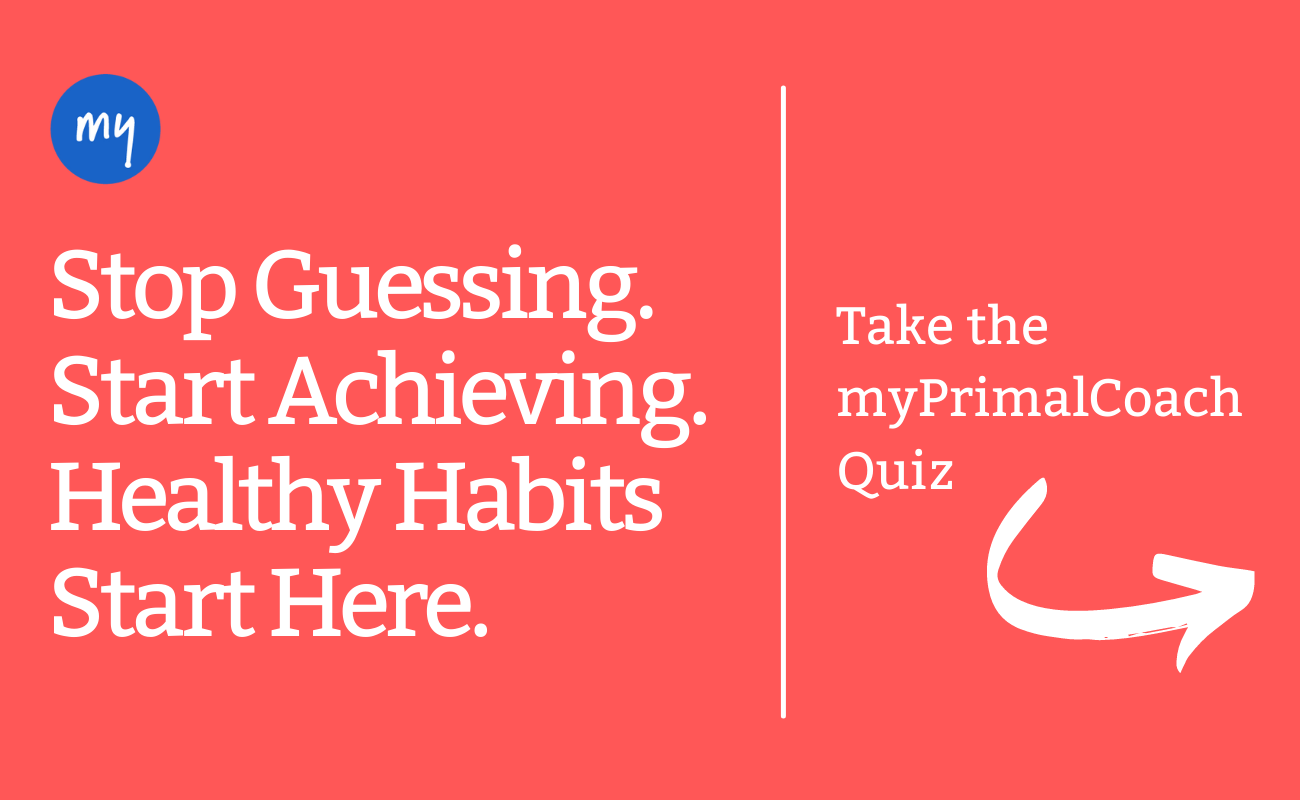Shadow work journaling can feel like opening a door to a secret self you’ve long kept under lock and key.

Shadow work journaling can help uncover the unconscious part of yourself buried deep within.
Ever wondered why certain triggers set you off? Or why you keep repeating patterns you promised yourself you would break?
According to Carl Jung, a pioneer in psychoanalysis, we all carry a "shadow"—the unconscious parts of ourselves we reject, deny, and suppress in order to feel safe, loved, and accepted. These hidden parts often shape our emotions, reactions, and the choices we make in ways we don’t fully understand.
So, it’s about time we met these obscure parts of ourselves. Shadow work journaling can help you uncover these buried pieces of yourself, bring them into the light, and start undoing long-standing patterns. As a result, you can find greater clarity, self-awareness, and emotional freedom.
Before we dive into 15 great shadow work journaling prompts to get you started, let’s first learn more about this shadow self and how journaling can improve your mental health and well-being. Grab your shadow journal and keep on reading.
What Is Shadow Work?
Shadow work is the process of exploring the unconscious parts of ourselves. Jung defined the “shadow” as "the thing a person has no wish to be." It represents traits, emotions, and desires we’ve learned to hide, often because they were deemed unacceptable by others, felt too painful or uncomfortable to confront, or simply didn't align with our conscious self-image. The shadow is often the counter of what we present to the world. Our shadow aspects never disappear though. Instead, they influence our reactions, relationships, and choices from beneath the surface. In other words, they linger around shaping our self-talk, and ultimately our lives, until we buckle down and face them.
Shadow work is about doing just that—shining a light on the hidden parts with curiosity rather than judgment. The goal isn’t about killing or eliminating our shadows. It’s about bringing them to the surface and not only welcoming them, but exploring them. Addressing our shadows allows us to heal old wounds and ultimately become more authentic and whole.
It’s important to note that while the shadow contains negative traits like anger, jealousy, or shame, it’s not just about the “dark side.” Our shadow can also house ignored positive qualities, talents, and desires that we may have suppressed due to past experiences or societal conditioning.
So while shadow work journaling can be an emotional, taxing, and often difficult experience, it opens up the door to immense benefits.
Examples of Shadows
The following are some common examples of shadows:
Common Negative Shadows
- Projection: Criticizing qualities in others that you secretly dislike or fear in yourself.
- Defensiveness: Reacting strongly to feedback due to buried feelings of inadequacy.
- Passive-aggressiveness: Expressing anger indirectly instead of openly addressing it.
- People-pleasing: Ignoring your own needs to gain approval.
- Laziness or lack of motivation: Procrastination, burnout, or a hidden desire to quit and do nothing.
- Control issues: Micromanaging situations to mask underlying insecurity.
- Self-sabotage: Undermining your own success due to hidden fear or unworthiness.
- Avoidance or numbing: Distracting yourself to avoid uncomfortable emotions.
Common Suppressed Positive Shadows
- Creativity: Hiding your unique ideas out of fear of judgment.
- Confidence: Downplaying strengths to avoid seeming arrogant.
- Ambition: Holding back from big goals to avoid outshining others.
- Sensitivity: Ignoring your emotional depth because you were told you’re “too sensitive.”
- Playfulness: Stifling joy or humor to appear more serious or responsible.
- Leadership: Avoiding influence or decision-making for fear of criticism.
Top Benefits of Shadow Work Journaling
Research shows that Jungian-based psychotherapy, the foundation of shadow work, can create lasting change.
A 2013 review published in Behavioral Sciences found that shadow work, works. Patients experience significant improvements not only in their symptoms and relationships but also in their overall personality. What’s more, the positive changes don't fade. They remain years after therapy ends. The research also found that patients often continue to improve after their therapy ends.
Shadow work journaling builds on these principles, offering a practical, daily way to bring hidden parts of yourself into the light. It offers profound benefits for both our mental and emotional health by providing a pathway to self-discovery and healing.
Over time, a shadow journal practice helps you understand yourself and cultivate greater self-awareness and emotional healing. Putting pen to paper helps you really get to know yourself, and you may be surprised by what you uncover.
Here’s how the benefits work:
Bypassing Your Conscious Filter
Writing helps you tap into your unconscious mind. When you engage in the act of physically writing, whether with a pen or tapping on a keyboard, you often bypass the analytical side of your conscious mind and enter a flow state. This flow allows deeper truths, repressed memories, uncomfortable feelings, and hidden emotions to surface more freely. Through introspection, we can tap into insights that might otherwise remain submerged.
Emotional Processing Without Judgment
Journaling gives you a completely private, judgment-free space to release emotions you might otherwise repress. By expressing even the most uncomfortable or “unacceptable” thoughts on paper, you lighten the emotional load you’ve been carrying and make space for healing and clarity. Within the pages of your journal, it’s just you and you. It's a safe space, with no fear of criticism or censorship. You feel totally at peace. This uninhibited expression is crucial for truly uncovering and engaging with your shadow traits.
Uncovering Deep Patterns and Triggers
A consistent shadow work journaling practice helps you track patterns in your thoughts, core beliefs, and emotional triggers over time. By reviewing your past journal entries, you can begin to identify the roots of specific behaviors and thought patterns, understand the causes of any deep-seated beliefs, and pinpoint the triggers that lead to emotional reactivity. This awareness is the first step in gaining control over unconscious drivers and making conscious choices that align with your authentic self.
How to Start Shadow Work Journaling
Starting a shadow work journaling practice doesn't have to be intimidating. There really is no single right or wrong way to do it. The most important thing is simply to start writing. However, following a few key steps can help you establish an effective and sustainable routine that you're more likely to stick with:
Create a Safe Environment
Find a quiet, private, and non-distracting space where you feel relaxed and at ease. Use calming music, deep breaths, or a candle to help you focus.
Set an Intention
Approach your writing with curiosity, not judgment. Remind yourself that you are here to observe and understand, not critique or condemn.
Harbor Self-Compassion
As you write, you may encounter heavy or difficult emotions, or unearth some core childhood wounds. This is a normal and expected part of the process. If something feels overwhelming, pause and return when you’re ready.
Be Consistent, Not Perfect
The best shadow work journaling practice is a consistent one, even if it's just for a few minutes a day. Short, daily reflections often create more progress than occasional deep dives.
15 Shadow Work Journal Prompts to Get Started
If you're unsure where to begin, prompts are an excellent guide. They are designed to help you explore specific feelings, triggers, and recurring patterns that may be connected to your shadow self. Think of them as questions that unlock deeper truths.
- What qualities in others irritate me, and do they mirror parts of myself?
- When do I feel jealous? Resentful? Does this point to an unmet need of mine?
- What’s something I secretly desire but feel I “shouldn’t”?
- What am I afraid people will think if they knew the “real” me?
- What triggers shame for me? What is my earliest memory of feeling shame?
- What parts of myself do I try to hide to be loved or accepted?
- Who do I still feel anger toward? What is that anger masking?
- What’s a recurring pattern in my relationships? What belief might be driving it?
- When was the last time I judged someone harshly? What part of me relates to the behavior I was judging?
- What would my younger self have to say about how I live now?
- What did I love to do as a child that I no longer make time for? How did I feel when I was doing it?
- Who was I before I started caring what other people thought of me? What did that person like to do?
- What is a creative talent I secretly wish I had, or a skill I’ve always wanted to learn?
- What are my wildest daydreams about my life or career? What qualities would I need to have to make that dream a reality?
- Who is a person I deeply admire? What specific qualities or abilities do they possess that I wish I had more of?
Summary
Getting started with shadow work journaling is a simple and accessible tool for your healing journey. All you need is a piece of paper, something to write with, a quiet spot, and a little bit of dedicated time.
If you’re feeling overwhelmed or unsure where to start, a myPrimalCoach can guide you. A coach can help you break down your shadow work journey into simple, manageable steps, providing structure that makes the healing process less intimidating.
It’s important to remember that while shadow work journaling is incredibly beneficial, it can uproot intense emotions. It is recommended to consult with a licensed, professional therapist before starting any deep mental health work, especially if you have any pre-existing mental health conditions or trauma. A therapist can provide a supportive environment to process anything that arises, ensuring your journey is as safe and healthy as possible.

